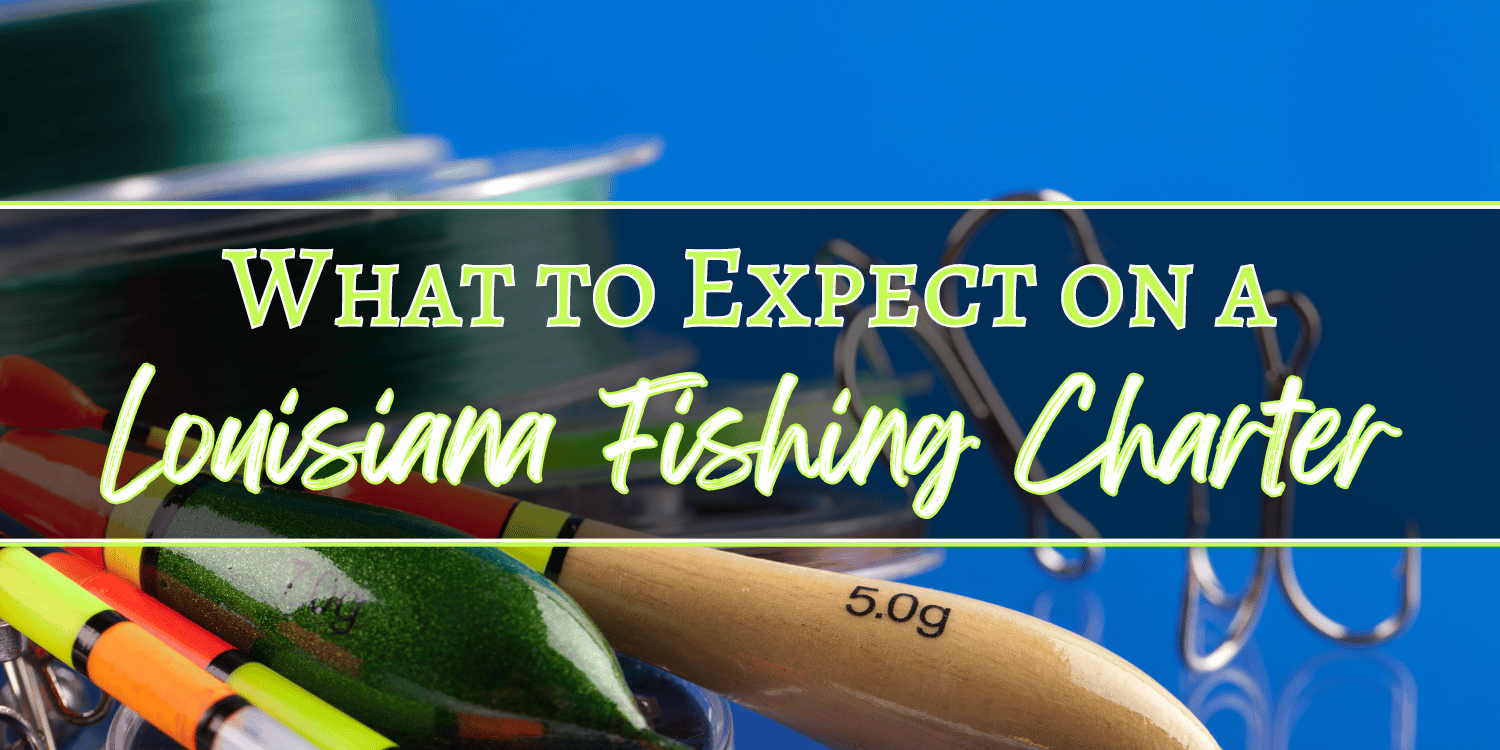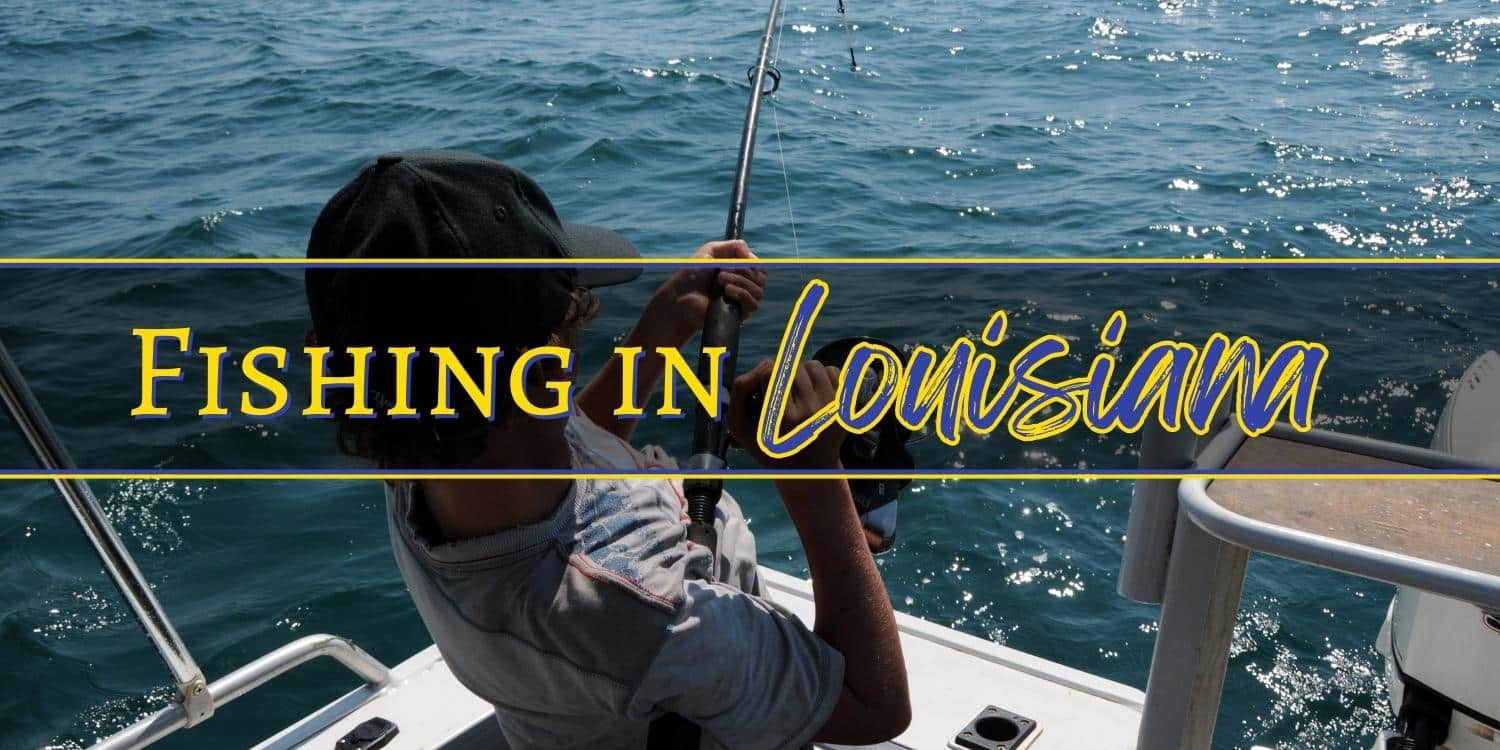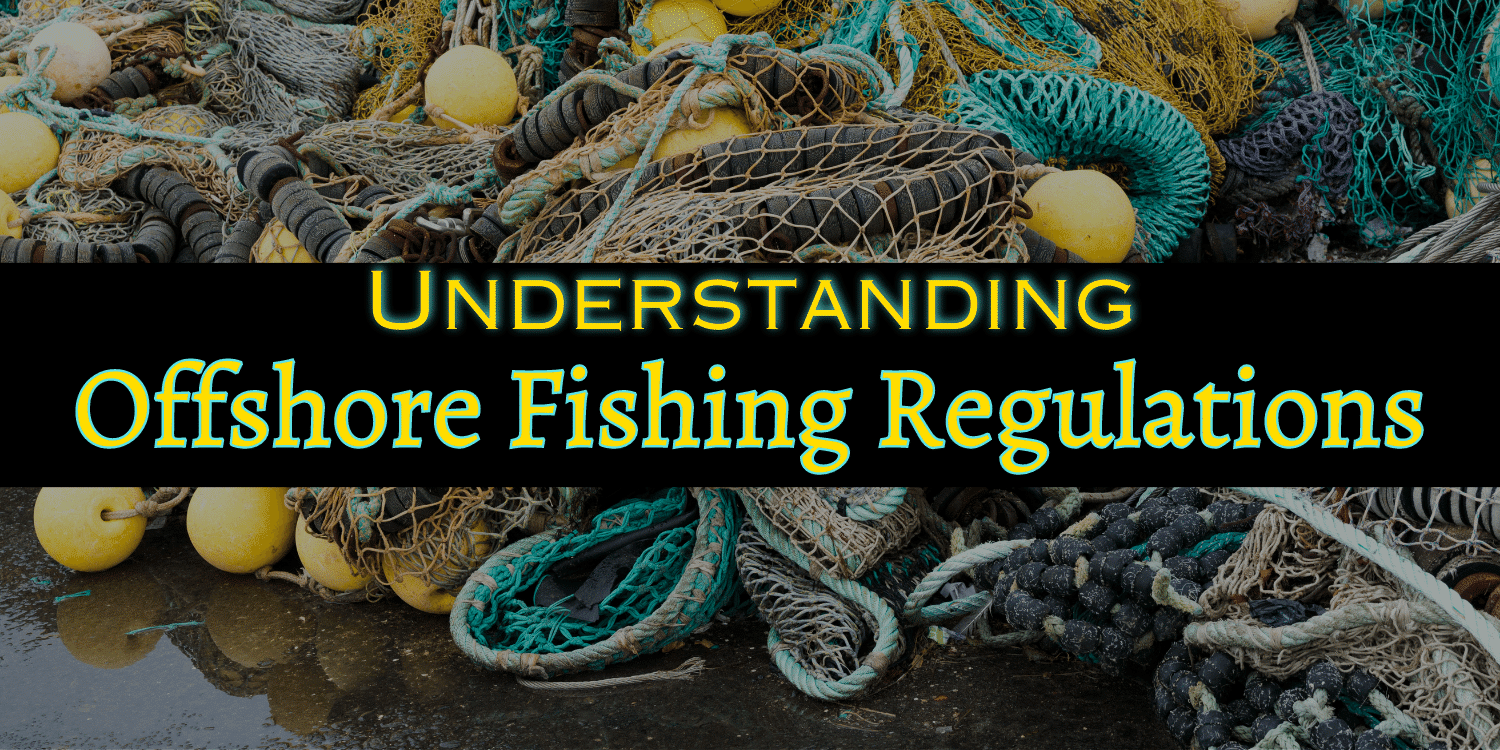Winter Fishing on the Gulf of Mexico
Fishing Guy2024-09-17T17:52:21-05:00When the rest of the country is bundling up, down here in Venice, LA, we're just getting started with some of the best fishing of the year. Winter on the Gulf of Mexico is something special, and I'm here to take you out where the fish are biting, no matter the season. With my years












